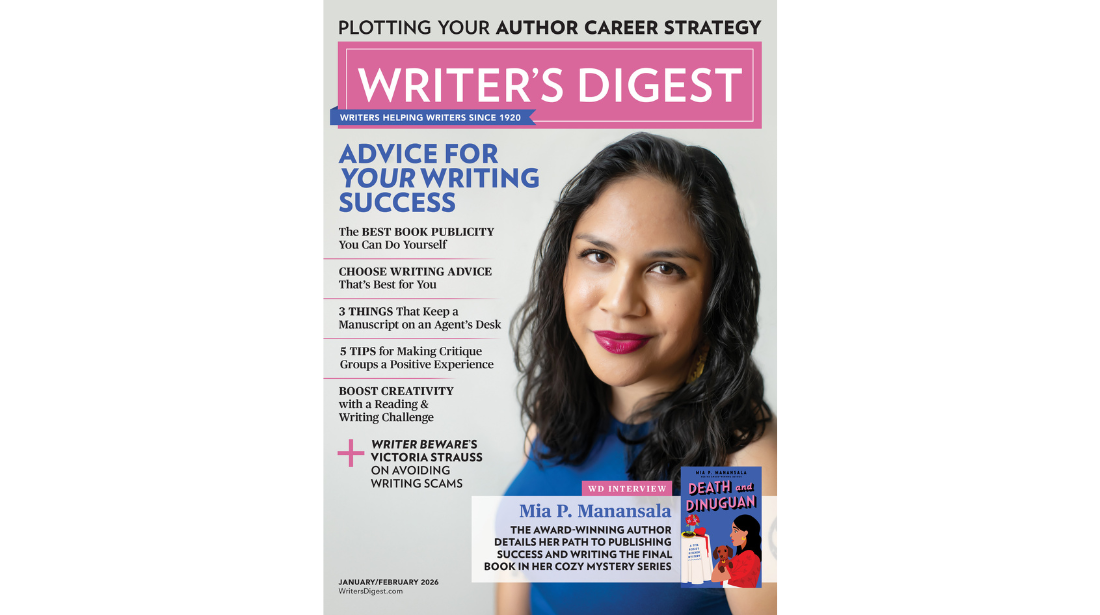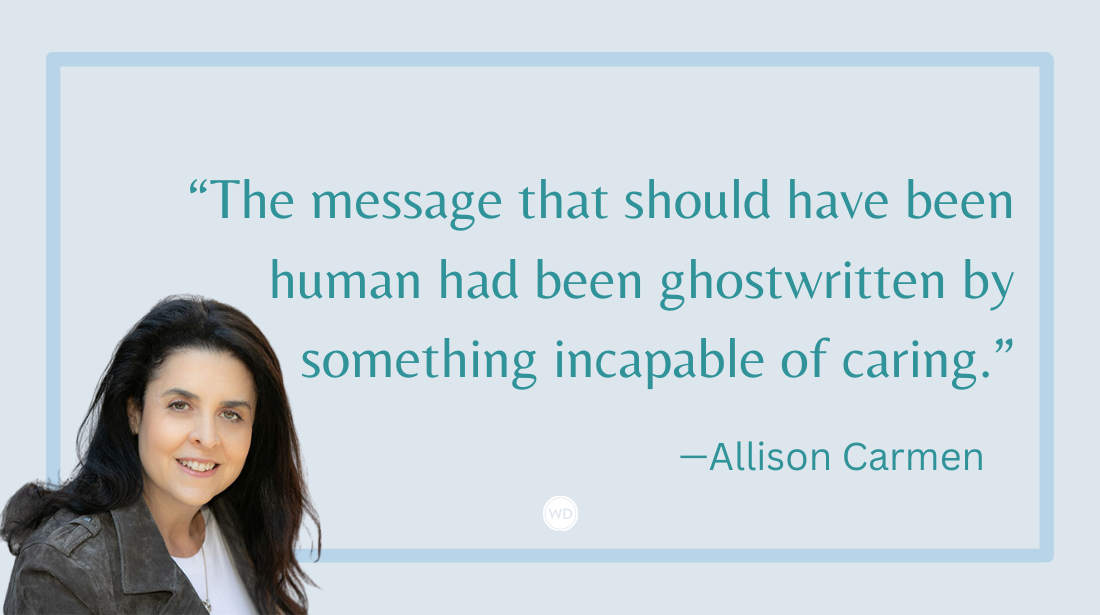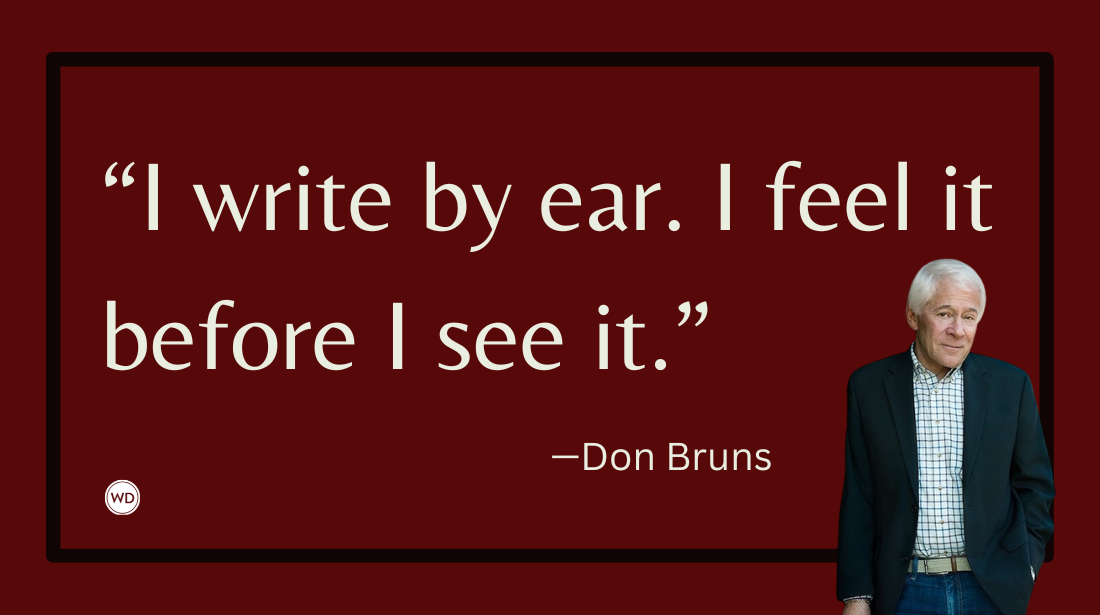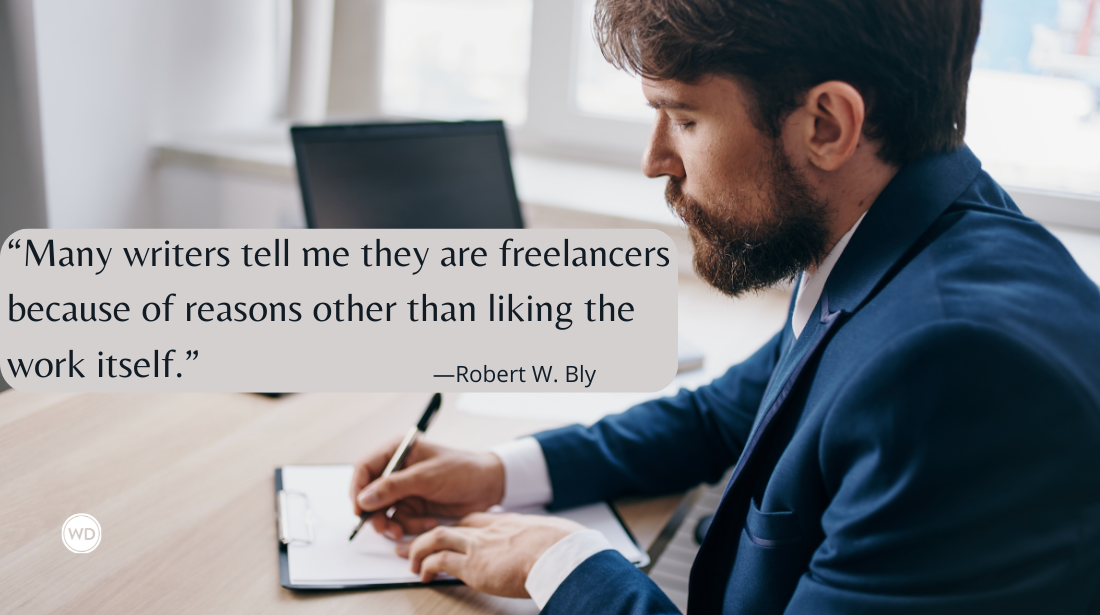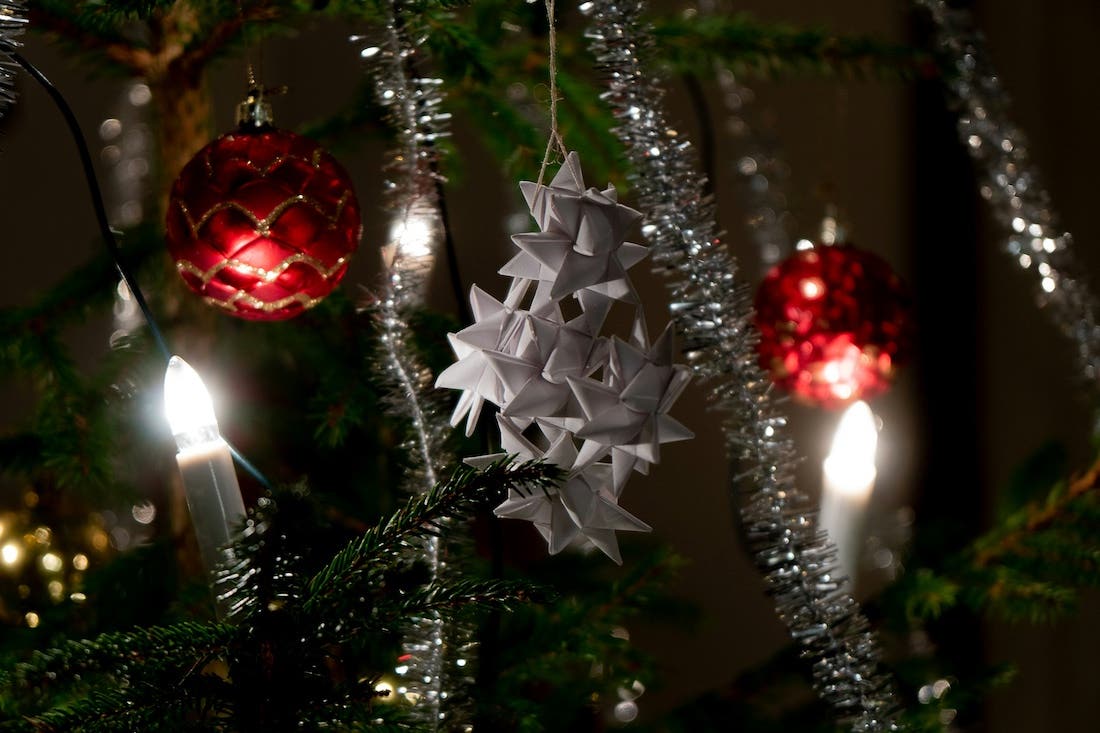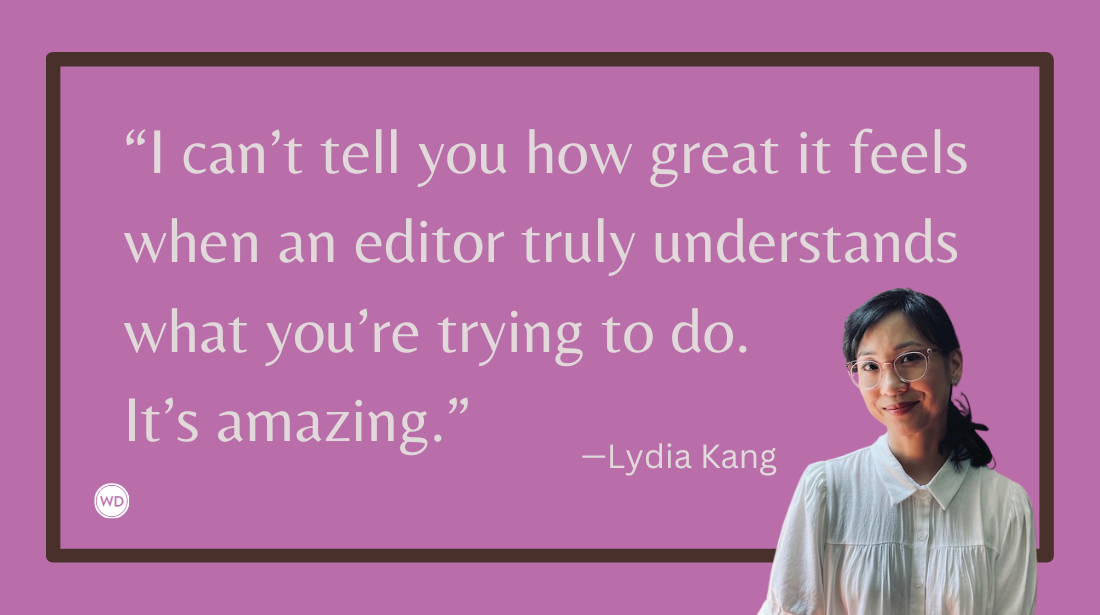Kim DeRose: Focus Less on the Destination and More on the Journey
In this interview, author Kim DeRose discusses the inspiration for her most recent novel, the importance of howling, and more.
Kim DeRose is the author of For Girls Who Walk through Fire, which received a starred review from School Library Journal, praise from Kirkus Reviews and Booklist, and was selected for ALA’s 2025 Rise: A Feminist Book Project list. She grew up in Santa Barbara, California, earned her MFA in film directing from UCLA, and currently lives in Brooklyn, NY, as a recovering Catholic and ex-good girl. When she’s not writing or reading, she can be found listening to endless podcasts, taking long walks through the woods (of Prospect Park), and teaching her children how to howl. You can visit her at kimderose.com.
In this interview, Kim discusses the inspiration for her most recent novel, the importance of howling, the constant surprise of the writing process, and more.
Name: Kim DeRose
Literary agent: Kathy Green
Book title: Hear Her Howl
Publisher: Union Square & Co (Hachette)
Release date: November 4, 2025
Genre/category: YA / Speculative fiction / LGBTQ+ Romance
Previous titles: For Girls Who Walk Through Fire
Elevator pitch for the book: When Rue’s mom sends her away to Sacred Heart, an all-girls Catholic boarding school, for kissing another girl, she thinks her life is over. But when Rue meets ferocious outcast, Charlotte Savage, and learns that Charlotte is, against all logic, a werewolf—and that Rue can become one too (any girl can) if she heeds the wild within—she realizes her life isn’t over…it’s just beginning.
(WD uses affiliate links)
What prompted you to write this book?
After writing For Girls Who Walk Through Fire, I actually had two other stories that I was simultaneously working on. But then one day I wrote down the following germ of an idea:
A group of teenage girls at an all-girls Catholic school (or girls finishing school) discover they are turning into wolves.
Almost immediately I could feel how much I wanted to write this book. As someone who’s struggled with my Catholic upbringing and shedding the role of the “Good Girl,” I knew I would have a lot to say and explore. I’m always looking for story ideas that combine a speculative element I love (witches, werewolves, ghosts, etc.), with a thematic issue I’m deeply interested in (and am, often, personally wrestling with), and this combination resonated.
There are also several works of art that also influenced this book. I absolutely adored Rachel Yoder’s Nightbitch and felt so utterly inspired after reading it. And I loved the animated film Wolf Walkers, which has a lot of thematic similarities. I’ve also thought many times that if you took the thematic core of Glennon Doyle’s Untamed and combined it with the thematic core of Abby Wambach’s Wolf Pack (both of which I loved), and then set said book in the 90s and made it a sapphic YA romance, it would be Hear Her Howl.
But the primary work that very consciously inspired me was Women Who Run With Wolves: Myths and Stories of the Wild Woman Archtype, by psychoanalyst Clarissa Pinkola Estés. Her book is absolutely brilliant, and gave me so much food for thought.
How long did it take to go from idea to publication? And did the idea change during the process?
From conception to final publication was a little over two years. I started brainstorming the story in August of 2023, right before the publication of my debut, For Girls Who Walk Through Fire. I wrote the first act that fall, my agent shared the first act and a synopsis with my publisher in early 2024 (I had a one-book deal with an option) and they made an offer that spring. Once I turned in the first draft, there were a few rounds of editorial feedback and then revisions, followed by sensitivity reads (the sensitivity readers gave such thoughtful and amazing notes), and finally copyedits.
As far as how the idea changed, even though I had an outline and a good sense of where the story was headed, it definitely evolved along the way. One of the biggest changes early on, even before we sold the book, was that I’d originally thought the wolf pack might already exist at Sacred Heart, and that Rue discovered them upon her arrival. But pretty quickly, I realized this was a story about forming community, and that the wolf pack needed to come into existence within the book.
I also originally had a different magic system in mind for how one became a werewolf, which involved consuming werewolf blood mixed with wine. This was intended to be a twist on Catholic communion, and simultaneously a twist on 16th century Livonian folklore that I’d read, which suggested that a werewolf’s transformation came about after drinking a cup of special beer. But ultimately, I realized that I wanted the girls’ ability to transform to reside within them and not outside of them.
Another thing that changed along the way was the title. The book’s working title was The Secret Society of Sacred Heart, which was fine, but we all agreed that it sounded a bit middle grade, and I wasn’t particularly attached to it. My amazing editor, Stefanie Chin, is the one who came up with Hear Her Howl, and the second she suggested it I was sold.
Were there any surprises or learning moments in the publishing process for this title?
The one thing that was new this time around, and therefore a learning experience (and also a lot of fun) was that I got to see the full cover art process from start to finish. Early on, my editor and I discussed some comps she had in mind, and we were very much on the same page. When she told me they wanted to go with artist Tim McDonagh, I was thrilled. It was so much fun to see his early sketches and watch how the art developed—and I really appreciated that I was able to share feedback along the way. Also, the final cover is truly the cover of my dreams. I can’t overstate how much I love it.
Were there any surprises in the writing process for this book?
I think writing a book is always a process of discovery and surprise. Even if I think I know where I’m headed with a story and have it all fully outlined, when I actually sit down to draft, things always have a way of going a bit differently than planned. Which, you know, rude!
With every book I end up learning so much about the story and the characters as I go. In some ways I find that maddening (I had a PLAN! What do you mean these characters won’t adhere to it?), and yet I’ve come to realize that it’s also, ironically, the very thing I love about the writing process. Not knowing everything up front and having to discover it along the way is delightful.
It’s also incredibly gratifying to see the story deepen and grow richer with every draft. That’s especially true when it comes to my secondary characters. I tend to focus more on the main characters in my early drafts—but I always know that I’ll then focus in on the secondary characters in subsequent drafts. It’s important to me that they feel just as rich, and that I’ve really thought of them as full characters.
What do you hope readers will get out of your book?
Well, first of all, I hope readers find the book engaging. That’s what I’m looking for whenever I pick up a book: to be sucked in and transported. I also hope readers feel connected to the characters and find themselves reflected somewhere within the book.
But perhaps most important to me are two key things that I hope stick with readers. The first is the idea of staying wild. I hope readers finish this book and think about the ways in which they may have been caged, and whether they’ve been told they are too much or not enough. And I hope they take a step back to question that messaging and ask themselves what it means for them to stay wild. There’s a lot of counter-messaging out there, a lot of noise telling us how we should be, what is and is not acceptable. Messaging that comes from religious organizations, and patriarchal societies, and our own families. I hope this book inspires readers to, instead, turn within and listen to the small voice that resides inside them. That’s the only voice that can truly tell them who they are, and what is for them. To me, that’s what staying wild is: turning within and owning who you truly are.
And then secondly, I hope readers hold onto the notion that we need to keep howling. That concept is central to the book, the idea that we not only need to own our wild, but that we need to keep howling so we can find and inspire one another. There are so many wild souls out there who have influenced me just by virtue of taking up space and showing up exactly as they are. Their howls have encouraged me to do the same. Sometimes we howl and find one another, literally coming together in community, a pack if you will; but sometimes our howls are heard from afar, and they inspire someone else in ways we may never even know. All of it is necessary, the community and the inspiration. And so, I hope this book gives readers the courage to use their voices, to stay wild and keep howling so that they can find their pack and inspire others to do the same.
If you could share one piece of advice with other writers, what would it be?
Ooo, so many things come to mind, including you’re never too old and its never too late. But the main piece of advice I’d give (and the one I most need to hear again and again) is: Focus less on the destination and more on the journey.
For a lot of years, I was so focused on the destination of publishing a book that I overlooked the fact that the act of writing was the real reward. It took me 15 years of writing, two agents, and three completed manuscripts before I published my first book. And along the way there were a million times that I thought about giving up. I kept thinking, wow if I just stopped writing I’d get all this time back. I could just go to my job and come home to my family and not try to squeeze in this other thing; I could just be normal. But this thought was always devastating. Not simply because I would be giving up on my goal of becoming an author, but because I would be losing out on the act of writing.
Beth Pickens’ book Make Your Art No Matter What was really instrumental in helping me think about why creating art mattered so much to me. She put into words something that I’d felt but hadn’t consciously understood. Artists need to create to feel happy and whole. It’s how I process the world and understand myself. And it dawned on me that I was just plain happier when I was writing, published book or no published book.
Now that I am a published author, I can say that while sharing my art with others does feel wonderful (and Beth Pickens talks about this too, the importance of sharing our art), it’s still the act of writing that’s the magical part. I try to remind myself of this fact when I’m working on a new story and don’t have it all figured out yet. The type A perfectionist part of me can get frustrated, and be like, come on! Just create an outline and make a plan and stick to it and get this thing done! (As if writing is as simple as that!). But when that voice rears its head (and it always does) I remind myself that it’s the writing journey and all the unexpected discoveries along the way that’s where the magic lives.




